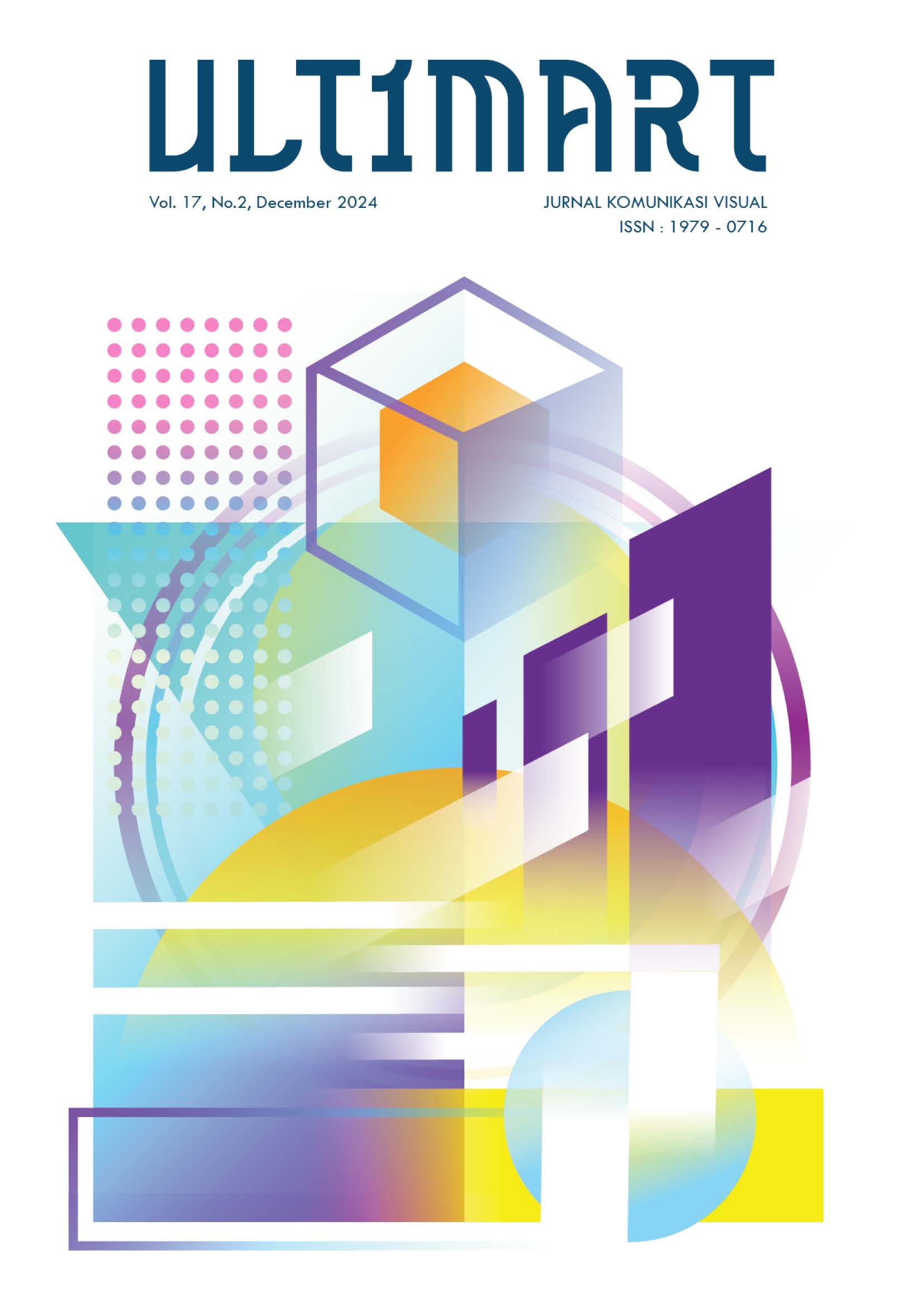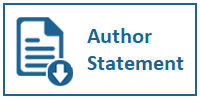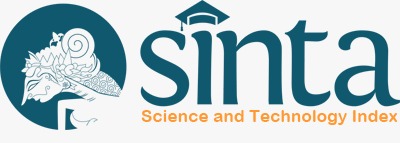Rigging System Design in Character "Gery” for 3D Character Animation Course
DOI:
https://doi.org/10.31937/ultimart.v17i2.3790Abstract
A well-planned rigging system design will make it easier for an animator to animate a model. A rigging system is designed to create a controller hierarchy and a joint reinforcement hierarchy to move a model. The rigging system must be created to develop user comfort and to design an efficient system to make it easier for animators to animate the model. This study aims to create an original model named Gery along with a rigging system design that is comfortable and efficient, especially in the design of an innovative facial rigging system. In this study, the author will observe the Stewart model as the foundation for designing the body rigging system and the Mery model as the foundation for designing the facial rigging system. The author applies the leading theory of the rigging system workflow created by Cheryl Briggs as a guideline in the production stage of the work. The author also applies the supporting theory of the body rigging design plan created by Eric Allen & Kelly L. Murdock and the application of the FACS theory reference compiled by Brigita C. Beavis as a guideline in the pre-production stage. The results of this identification will form the basis for designing the Gery model rigging system. This system is efficient and comfortable for learning 3D character animation courses.
Keywords: rigging 3D; body rigging; facial rigging
Downloads
Published
How to Cite
Issue
Section
License
Authors retain copyright and grant the journal right of first publication with the work simultaneously licensed under a Creative Commons Attribution-ShareAlike International License (CC-BY-SA 4.0) that allows others to share the work with an acknowledgement of the work's authorship and initial publication in this journal.
Authors are able to enter into separate, additional contractual arrangements for the non-exclusive distribution of the journal's published version of the work (e.g., post it to an institutional repository or publish it in a book), with an acknowledgement of its initial publication in this journal.
Copyright without Restrictions
The journal permits the author(s) to hold the copyright without restrictions and will hold distributing rights without limitations.
The submitted papers are assumed to contain no proprietary material unprotected by patent or patent application; responsibility for technical content and for protection of proprietary material rests solely with the author(s) and their organizations and is not the responsibility of the Ultimart: Jurnal Komunikasi Visual or its Editorial Staff. The main (first/corresponding) author is responsible for ensuring that the article has been seen and approved by all the other authors. It is the responsibility of the author to obtain all necessary copyright release permissions for the use of any copyrighted materials in the manuscript prior to the submission.















